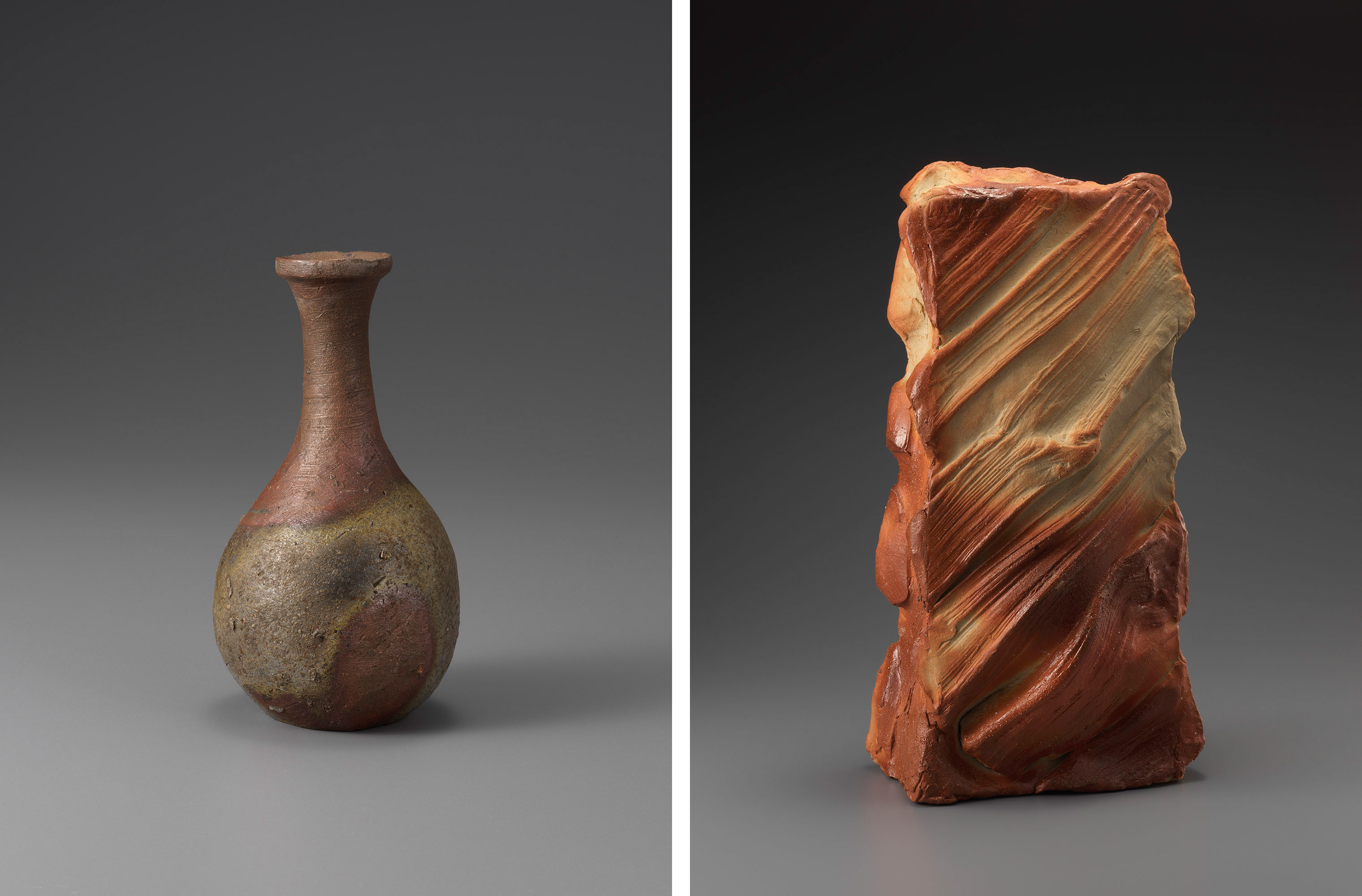Of all the ancient high-fired unglazed stoneware styles in Japan, none is as popular as Bizen pottery.
Like many regional potteries, Bizen derives its name from the city it's produced in, which is in Okayama Prefecture, and it depends on local materials for its unique patterns and color schemes. An unprecedented exhibition of Bizen ware, showing classic works dating from the Momoyama Period (1573-1615) to the present, is now on display at the Crafts Gallery, The National Museum of Modern Art, Tokyo, until May 6, after which it will travel to other locations throughout Japan.
Bizen ware started as containers to store rice, tea, grains and water, and grinding bowls. However, when the tea ceremony shifted its aesthetic leanings from showy imported Chinese wares to more somber Zen-quiet utensils, Bizen ware became a favorite of tea masters.



















With your current subscription plan you can comment on stories. However, before writing your first comment, please create a display name in the Profile section of your subscriber account page.